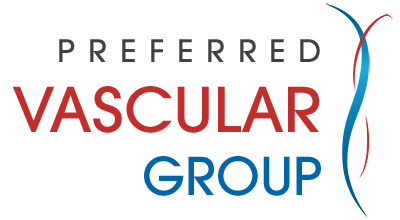Angioplasty
If narrowing or an arterial blockage is detected, angioplasty can be performed during the angiogram.
About the Procedure
An angiogram is commonly used to treat arterial diseases such as peripheral arterial disease and renal artery disease. Depending on the severity and characteristics of the blockage, there are two types of angioplasty that are commonly used.
-
Balloon Angioplasty
Using imaging for guidance, the interventionalist threads a catheter through a small incision in the groin and guides it to the renal artery–the large blood vessel that carries blood to the kidneys.Then, he or she inflates a balloon to open the blood vessel and compress the blockage. The balloon is deflated and removed while keeping the catheter in place so that contrast dye can be injected to evaluate the result.
If blood flow is improved and less than 30% of the blockage remains, the angioplasty is considered successful. If the vessel is still too narrow, placing a stent may be needed.
When a balloon angioplasty is unable to effectively improve blood flow on its own, a tiny metal cylinder called a stent may be placed to hold the blood vessel open. Stents are considered permanent and cannot be used as a treatment option for patients with a metal allergy.
Both of these procedures are considered minimally invasive outpatient treatments that do not require open surgery. As with an angiogram, the incision is roughly the size of a pencil tip and numbed using a local anesthetic. Patients are usually able to go home the same day.
Schedule a Consultation
Preferred Vascular Group is committed to providing patients with the highest quality venous treatments and services available, including balloon angioplasty and angioplasty with stenting.
If you would like to schedule a consultation with one of our board-certified physicians or have one of these highly-trained care providers reach out to you, please click on a button below:
